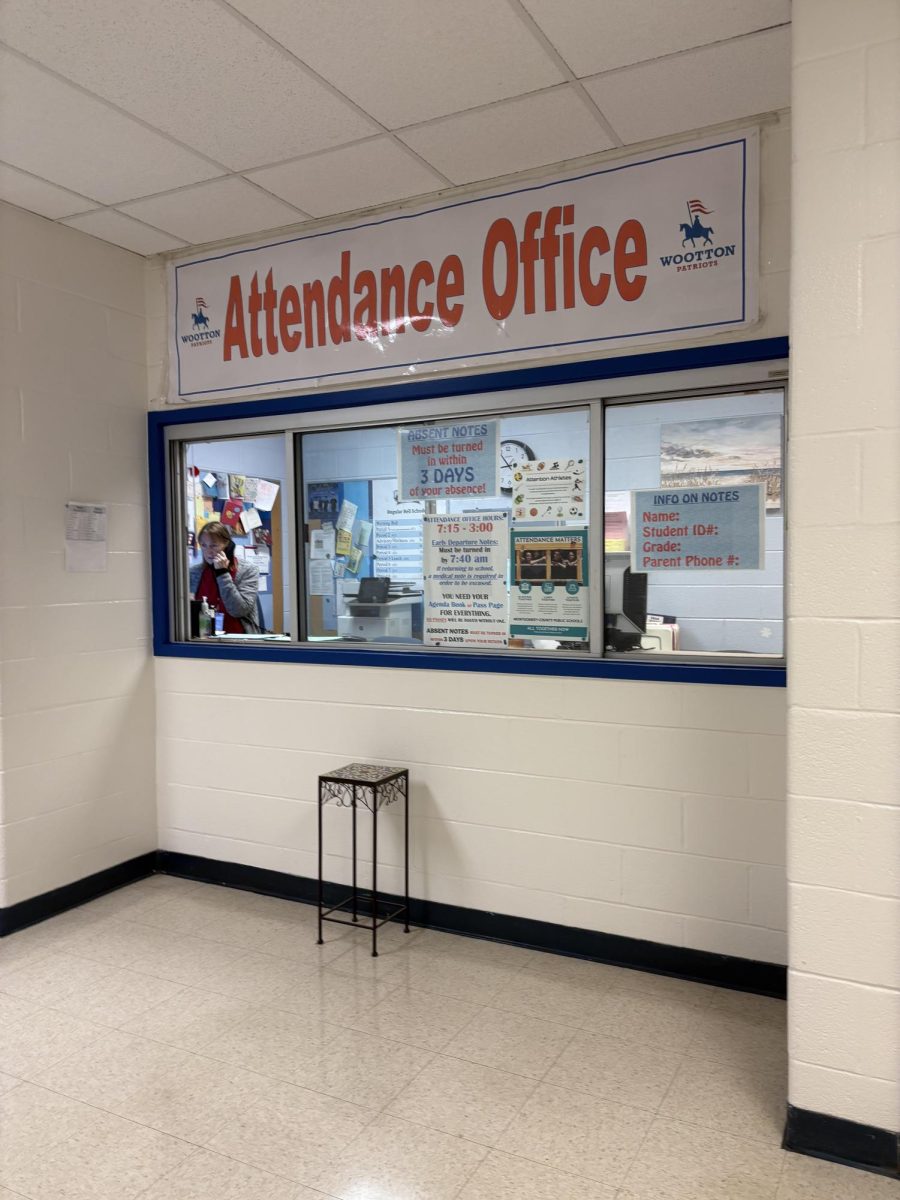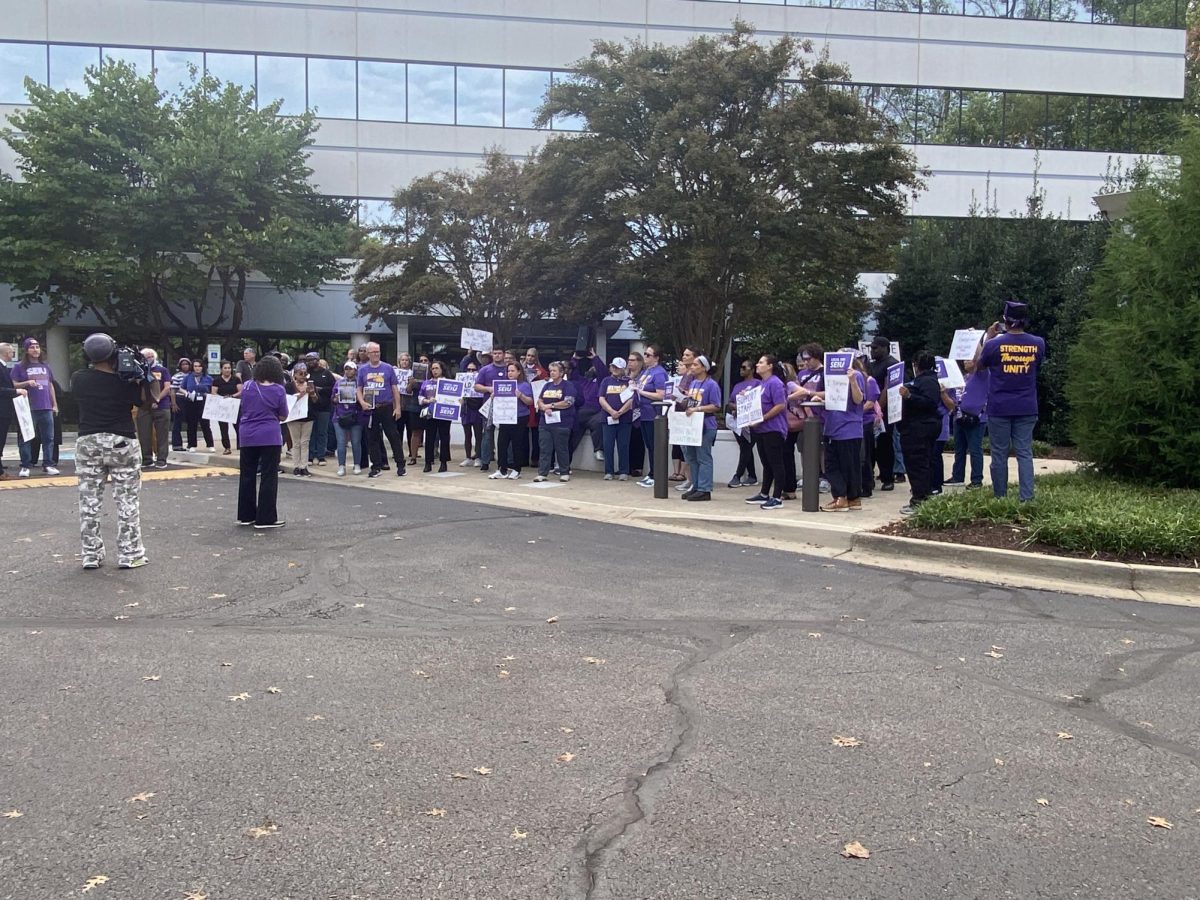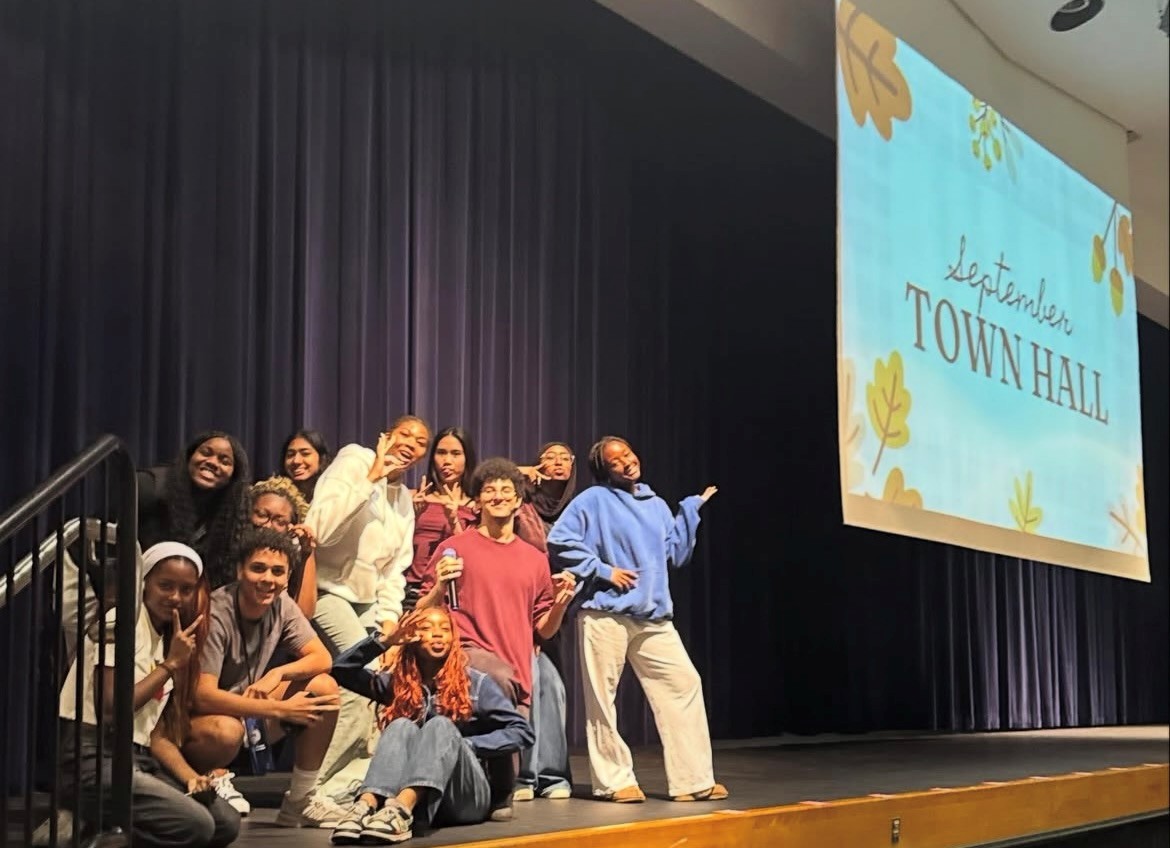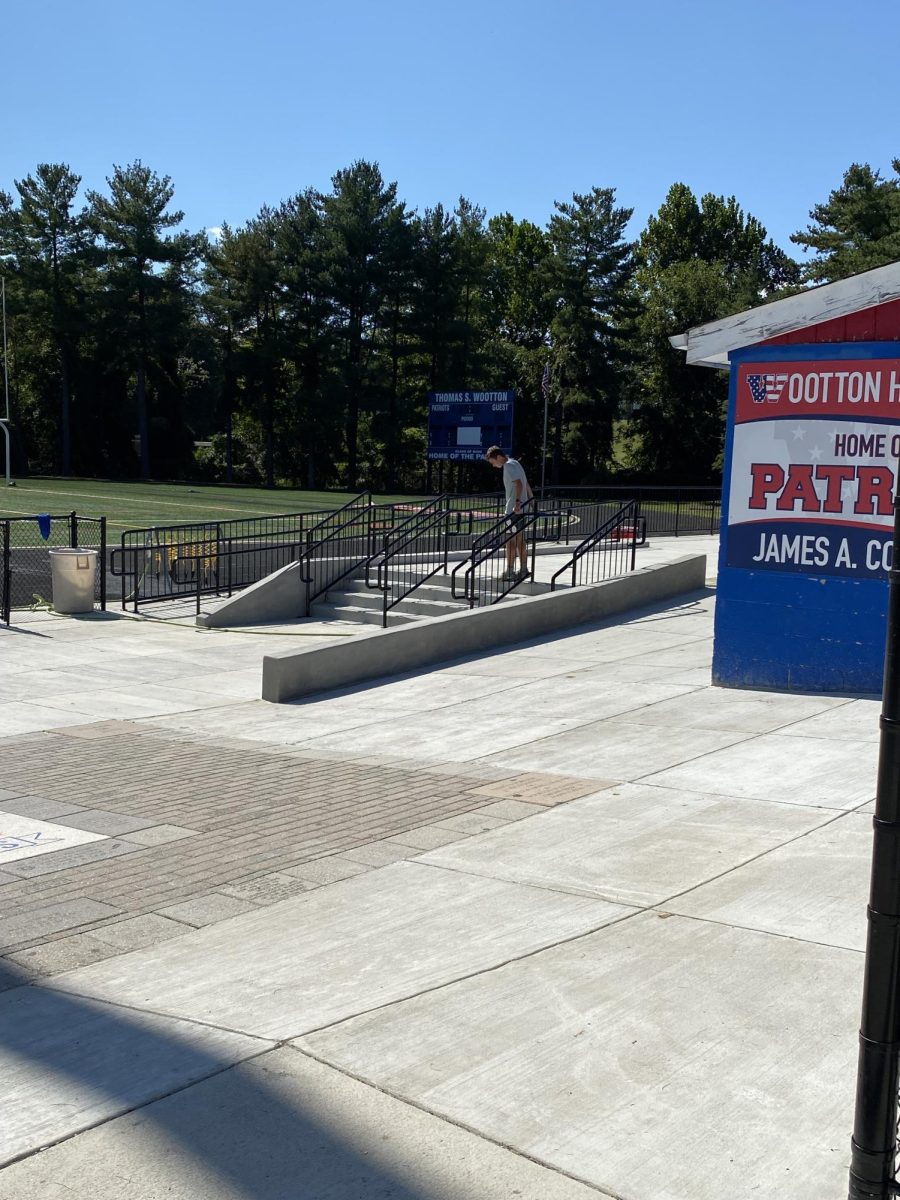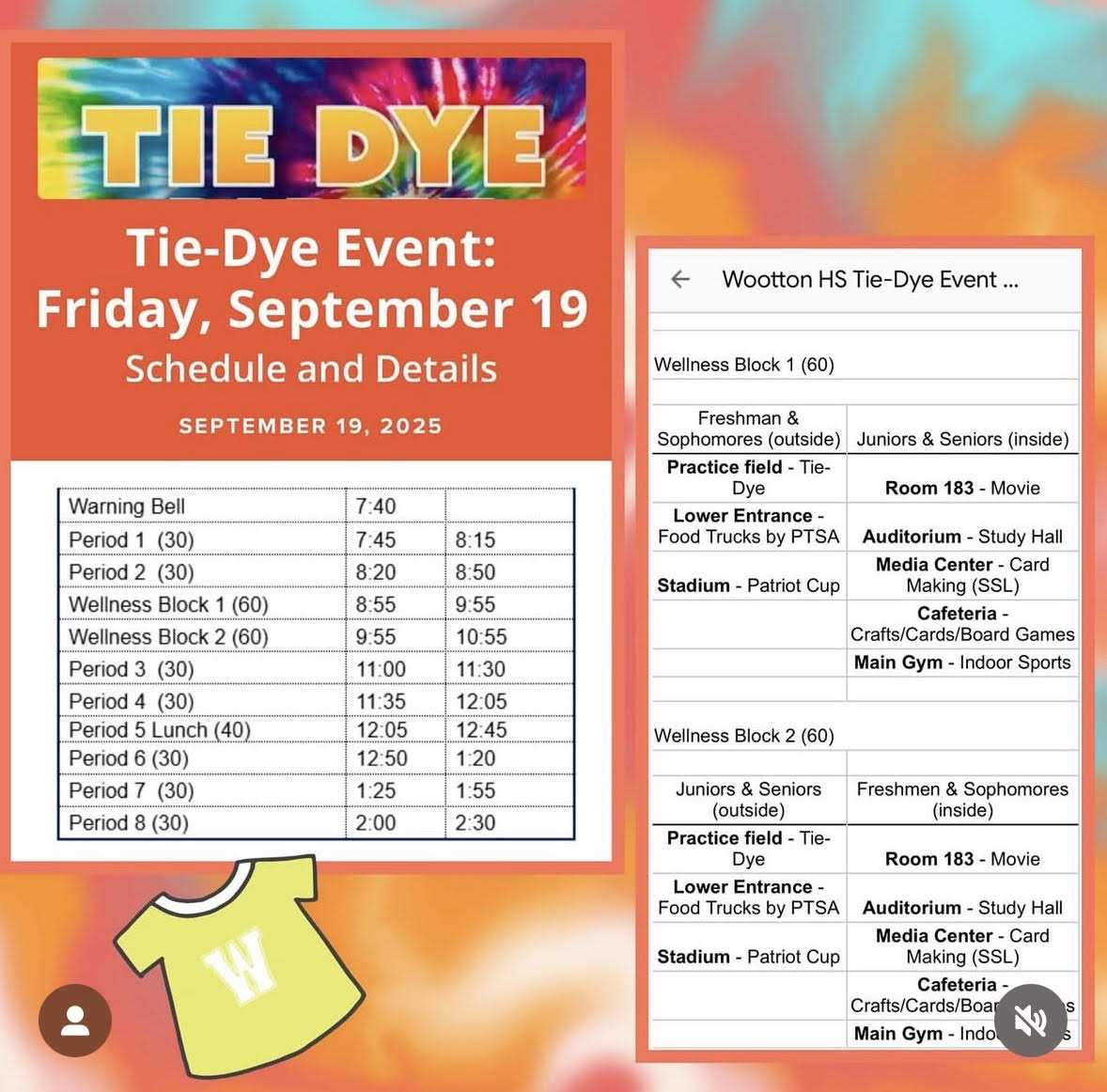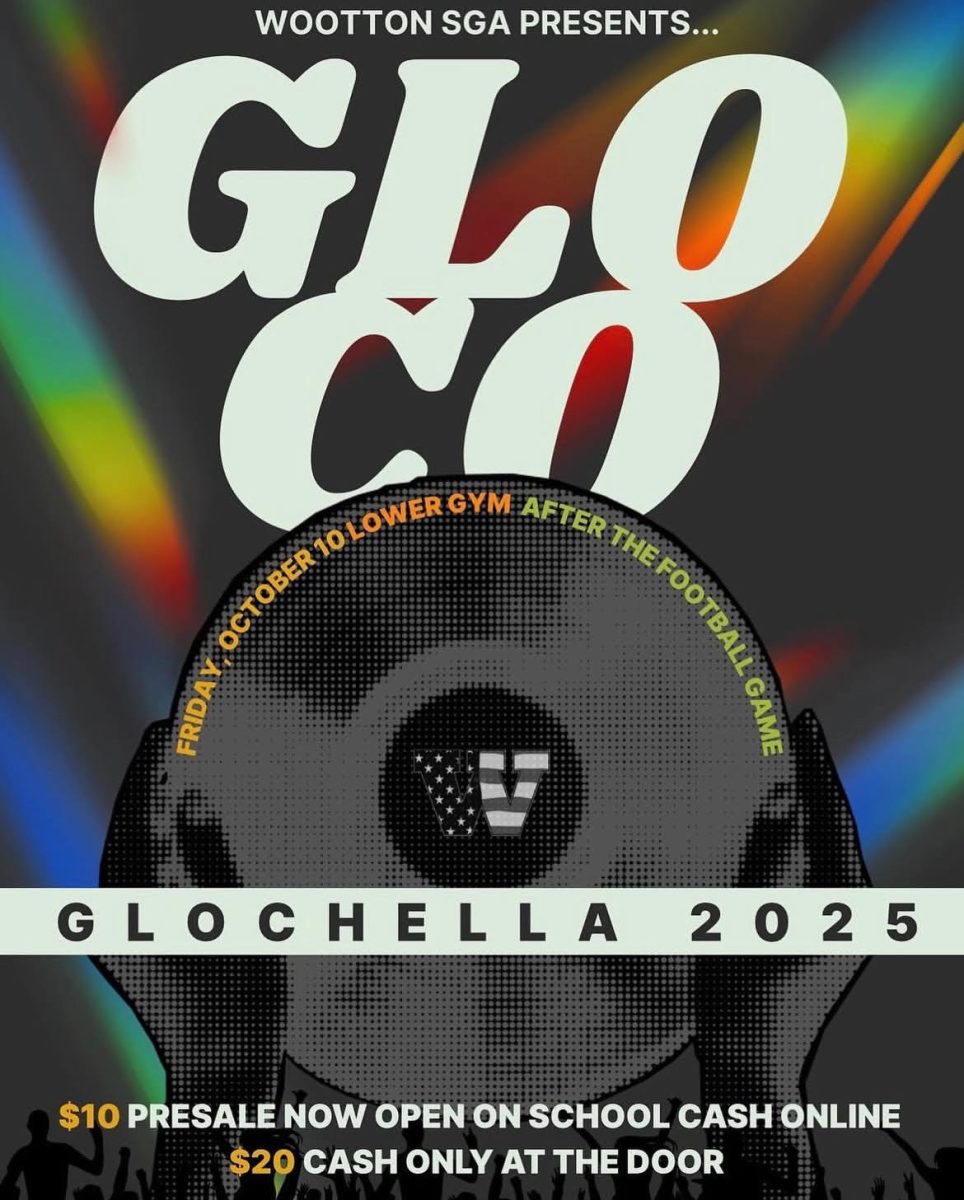Their pink blossoms have become synonymous with our nation’s capital, and on this day in 1912, First Lady Helen Herron Taft and Viscountess Chinda, wife of the Japanese ambassador, planted the original cherry blossom trees just south of what is now Independence Avenue. According to the National Park Service (NPS), today’s Cherry Blossom Festival stems from this small ceremony.
The first person to suggest that Cherry Blossoms be planted was Eliza Scidmore in 1885, though her request would be denied by every U.S. Army Superintendent of the Office of Public Buildings and Grounds for over 24 years, according to NPS. In 1906, David Fairchild planted 100 trees on his own property, and once they were proven to be able to survive in our climate, in 1907, he and his family began to promote them as “the ideal type of tree to plant along avenues in the Washington area,” according to the NPS, including one tree gifted to each Washington D.C. school in 1908.
In 1909, Scidmore began to raise money to plant more trees, and she informed Helen Taft, wife of 27th president William Howard Taft, of her plans. First Lady Taft approved, and the very next day Japanese chemist Jokichi Takamine heard of the plans and proposed a donation of another 2,000 trees to fill the area. First Lady Taft accepted and by the beginning of September, the City of Tokyo confirmed that they intended to donate 2,000 trees to the city of Washington D.C.. The trees would arrive in January 1910, though after inspection by the Department of Agriculture, it was discovered that the trees were infected and must be destroyed to protect American crops.
By the end of the month, the trees had been burned and the Tokyo City Council had authorized a second donation of another 3,020 trees, which were specially prepared for life in D.C.. In March of 1912, the 3,020 trees arrived with 12 different varieties and on Mar. 27, the First Lady and Viscountess Chinda planted the first of the trees, though the rest would be planted over the next seven years around the Tidal Basin and the White House grounds.
It had certainly been an eventful process and the history of the trees doesn’t end there— suffragettes would chain themselves to them, four would be cut down in retaliation for Pearl Harbor, more trees would be donated, and cuttings of the D.C. trees would be used to restore Japanese cherry tree genetic diversity throughout the second half of the 1900s.
Now the Cherry Blossom Festival is four weeks of celebration and boasts over 1.5 million visitors, according to the Festival’s website. The Festival features a singing competition, cultural celebrations, and a parade. As of Mar. 9, the “Bloomwatch,” a service by the NPS, which provides updates on the status of the blooms, reports that the blooms have reached “stage three,” which is florets and puts “Peak Bloom” within the next 12 to 17 days (“Peak Bloom” is when 70 percent of the blooms open).
In light of coronavirus, there are worries that the iconic festival may be canceled in order to prevent the influx of travelers into D.C. and large, public gatherings. Though no reports or cancellations have been made, Fox 5 did acknowledge the possibility of coronavirus impacting D.C. tourism and the Cherry Blossom Festival.


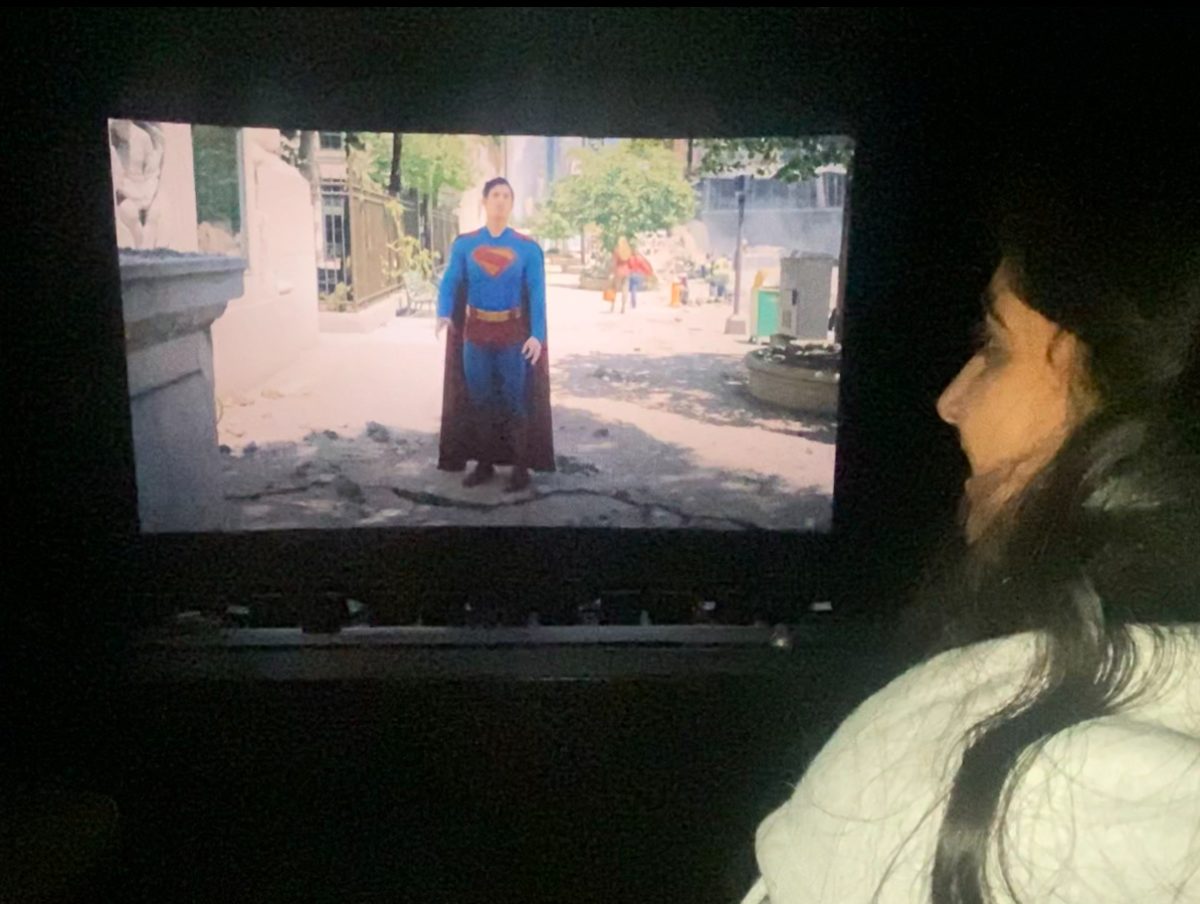
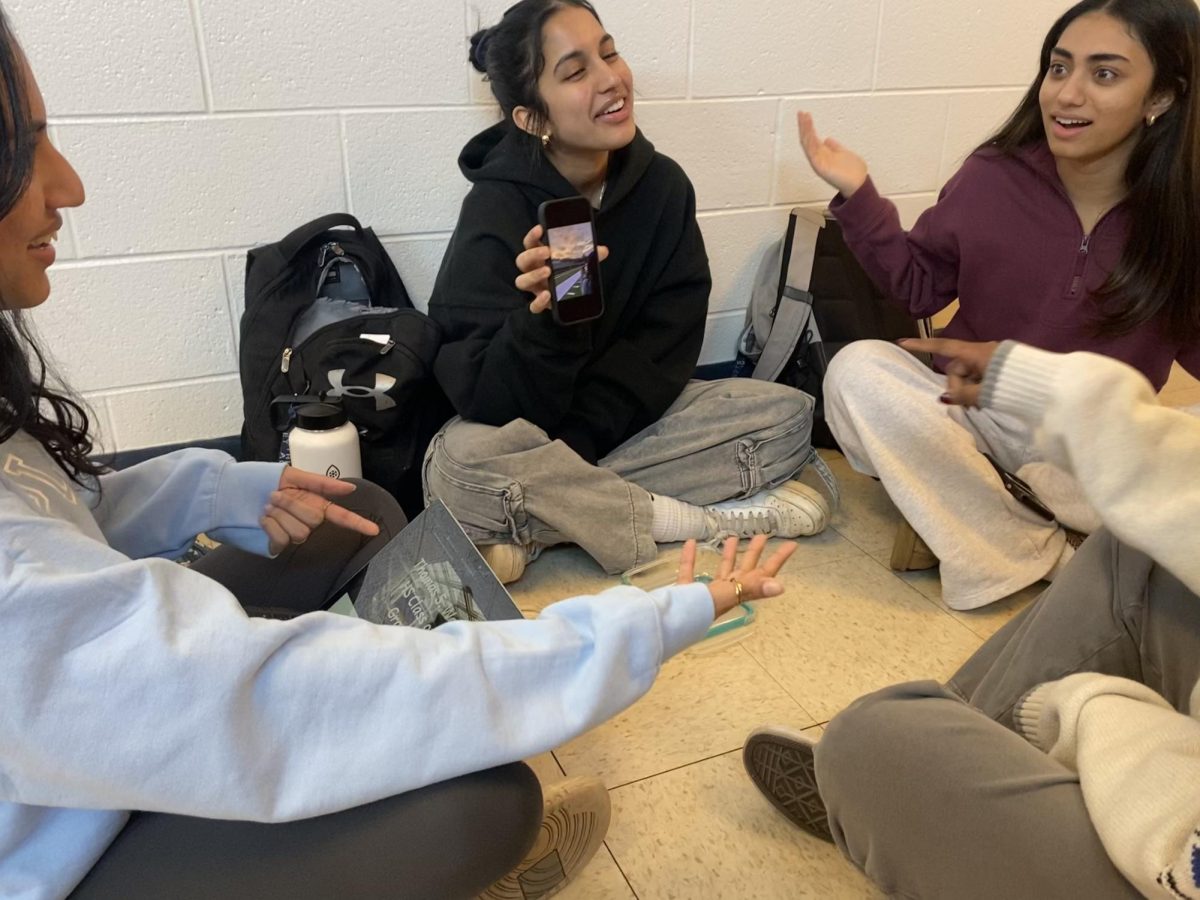
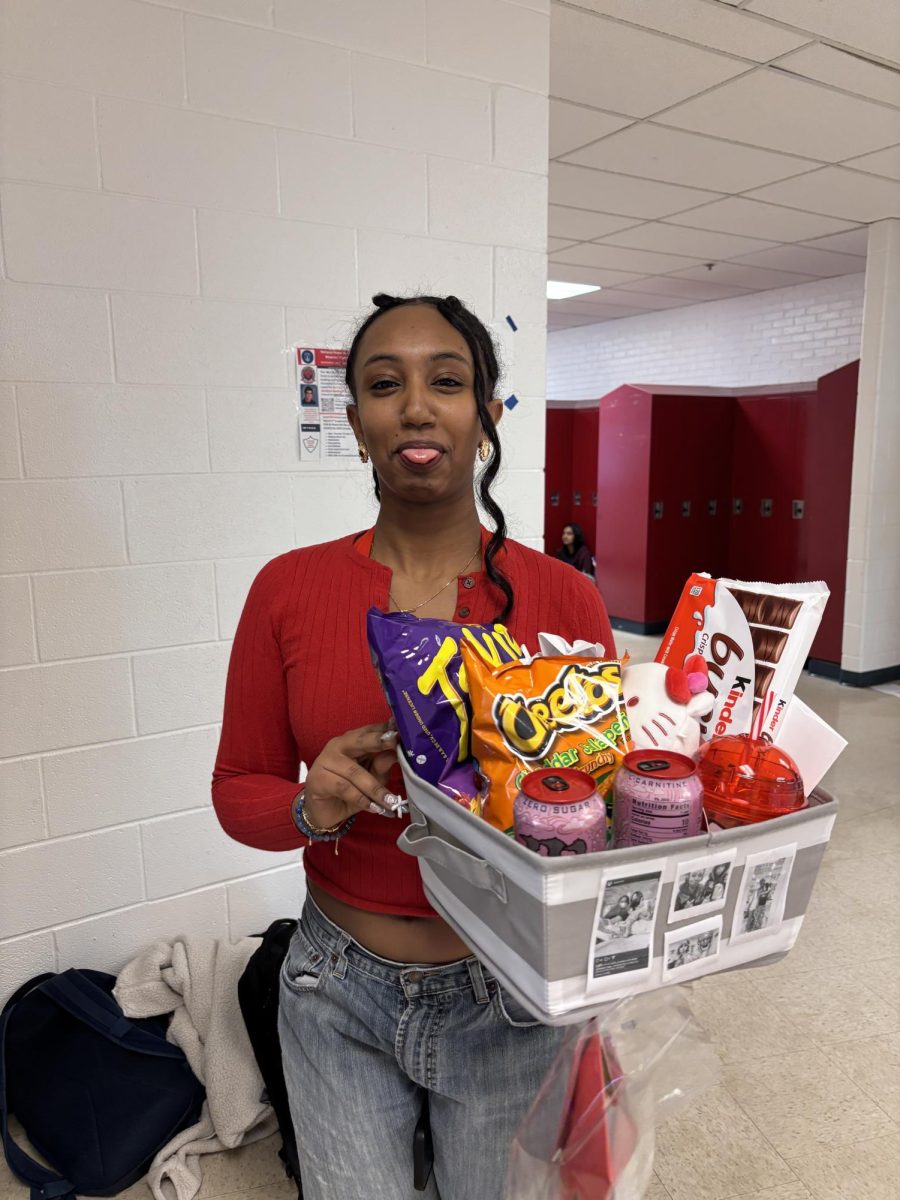
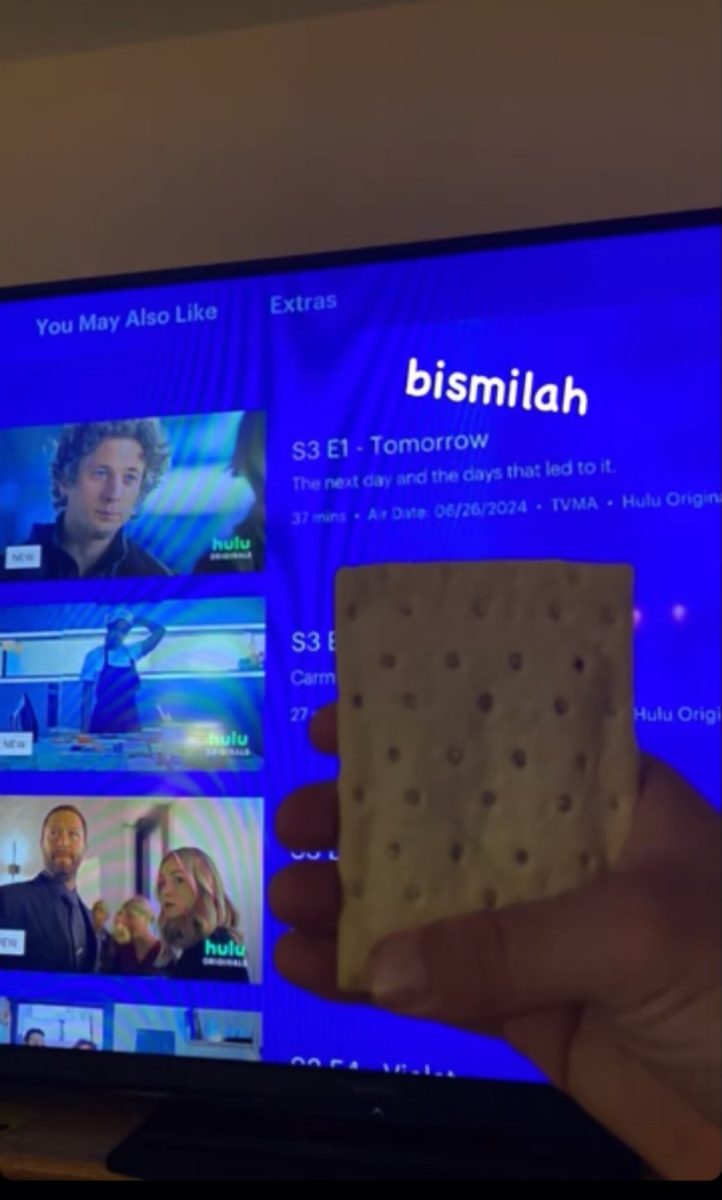
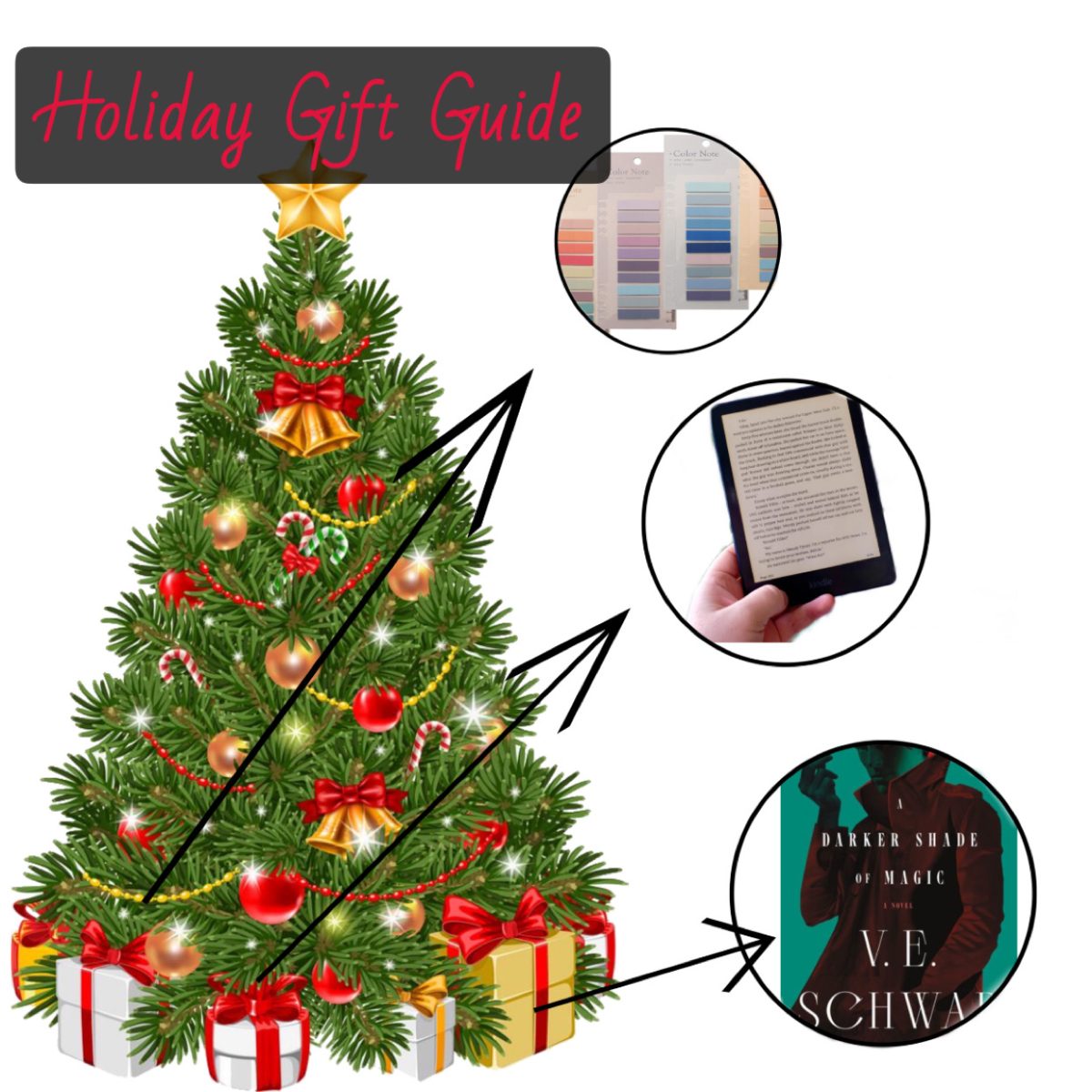
![Junior Grace Song rewatches the trailer for Anora. Promoted as "A Love Story from Sean Baker," it is the eighth feature film under Baker's belt starring Mikey Madison in the titular role. "[Anora] accurately represents women overseen and easily taken advantage of. It emotionally enticed me. The ending is so good," Song said.](https://woottoncommonsense.com/wp-content/uploads/2024/11/Rc5RQTdjtUFtyT7IyQe1rSxkpOTc6NoksY8jtoop-e1732201365565-1200x900.jpg)
